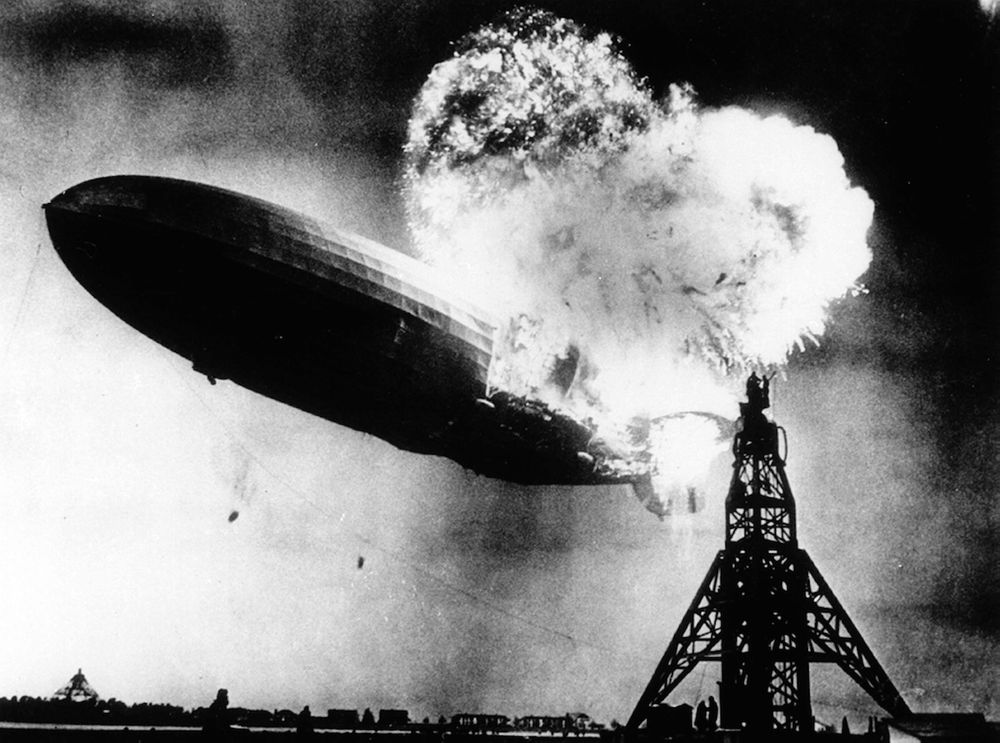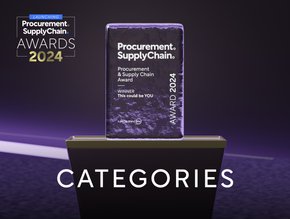Breaking the Hydrogen Fear for Sustainable Supply Chain

In light of the recently announced deal between Japan and the United Arab Emirates, which will see the middle-eastern nation transport tonnes of hydrogen to Japan, to support their world-renowned green growth strategy, Supply Chain Digital is addressing the primary fear surrounding the world’s hottest commodity: that it’s extremely flammable and subsequently dangerous to use.
The Negative Hydrogen Coverage
Let’s start with the very well-known, incredibly problematic image of hydrogen fuel that the majority have in their mind: the Hindenburg airship aflame. It’s an intense image and, after almost a century, it continues to have a powerful effect on the masses.
In fact, the disaster has become synonymous with hydrogen use.

Let’s clear it up.
The Dangers of Hydrogen
Is hydrogen flammable? Yes, absolutely ─ the Hindenburg gave that away. In fact, hydrogen has a very wide explosive range compared to other fuels, and it’s difficult to prevent in circumstances where it might occur because you can’t smell, see, or taste the gas, and it burns with an invisible flame. Essentially, if it goes wrong, it’s incognito until it isn’t ─ by which point, it’s way too late.
However, we need to balance this out with another crucial question: Is hydrogen more flammable or more dangerous than the fossil fuel alternatives on the market today? No. On the contrary, hydrogen is categorically safer than diesel and propane, for example.
Hydrogen Fact File
I’m going to run you through the key characteristics of hydrogen, with the assistance of Hydrogen Tools’ Hydrogen Compared with Other Fuels, so that you can gauge it for yourself:
- Hydrogen is 14 times lighter than air: this means that if the gas escapes the fuel cell, it disperses with haste, rising into the atmosphere at a rate of 20 metres per second in ambient temperatures. As you will already know, even if it’s just from a Hollywood film, propane and oil are far heavier than air, so they just drop to the ground and pool around, like any other liquid ─ at that point, a stray spark can ignite the whole load.

- In the case that hydrogen ever does come aflame, it only ever emits low radiant energy, so any resulting fire is less likely to spread to surrounding areas. To some degree, it’ll be contained.
- It’s a non-toxic gas, so in the case of an accident, any spillage does not have a detrimental effect on the surrounding environment. This is excellent when you consider how many times we hear about oil leaks in the news and the subsequent negative effects.
- Statistically speaking, hydrogen is less flammable than its gasoline counterparts when it’s airborne. Gasoline is flammable whilst airborne at a lower concentration limit of 1.4 per cent, while hydrogen sits at 4 per cent ─ making the former two to three times more flammable as its vapours rise into the air. According to Mike Pearson, the optimal mixture for hydrogen combustion is 29 per cent, “which in the real world is quite unusual since hydrogen rises and will generally diffuse. Gasoline vapours optimal mixture for combustion is on 2 per cent─a ratio that is very easy to reach.”
Demonstrating a Hydrogen Leak
In 2001, Dr Michael Swain, in collaboration with the University of Miami at Coral Gables, attempted to simulate two car fires: one created by a 1/16th inch puncture in a gasoline fuel line, the other by a leaking hydrogen connector. Below you’ll see how his experiment played out:
As you can see, the gasoline-fed fire eventually consumed the second test vehicle, eventually leaving a smouldering heap of charred steel and melted glass, while the hydrogen fire subsided in less than two minutes with little to no damage to the car. After his experiment, Swain pointed out that while the gasoline fire was the result of a simple, small hole in the fuel line ─ a case of wear and tear ─, it would take a catastrophic failure of four separate safety systems for the hydrogen fire to occur. An unlikely eventuality.
So Why Are You So Scared?
The fact of the matter is: hydrogen is explosive and can wreak havoc if it does go off. However, assuming its users treat it carefully, as they would with any other fuel source, the gas is inherently safer than conventional fossil fuels.
The fear, I imagine, comes from the unknown. People are generally, sustainability issues aside, happy to use petrol and diesel, which are more flammable and subsequently more dangerous than hydrogen, yet there’s an overwhelming sense of doom-mongering in the rhetoric surrounding the gas.
So, fear aside, here are the facts when it comes to hydrogen versus fossil fuels:
- Hydrogen fuel cells are key to zero-emissions heavy-duty transportation systems, including rail, ship, and truck transport ─ making it absolutely crucial in the supply chain’s bid for net-zero global emissions.
- The gas is commercially available.
- Hydrogen is tried and tested in the modern world, in modern vehicles and systems. It works.
- And, most importantly, hydrogen can be produced from renewable energy sources. Fossil fuels cannot be.
I hope that’s cleared up some of the fears that any hydrogen-fuelled vehicle or system is going to go up in flames like the German passenger airship LZ 129 back in May 1937. We’re almost a century on, engineering and technology have come a long way, and it’s crucial that we start to use an alternative, environmentally friendly method to fuel our world.






